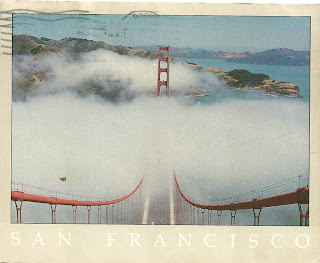The Tuareg (also Twareg or Touareg, Berber: Imuhagh, besides regional ethnyms) are a Berber nomadic pastoralist people. They are the principal inhabitants of the Saharan interior of North Africa.
They call themselves variously Kel Tamasheq or Kel Tamajaq; ⴾⴻⵍ ⵜⴰⵎⴰⵌⴰⵆ ("Speakers of Tamasheq"), Imuhagh, Imazaghan or Imashaghen ("the Free people"), or Kel Tagelmust, i.e., "People of the Veil". The name Tuareg was applied to them by early explorers and historians (since Leo Africanus).
The origin and meaning of the name Tuareg has long been debated with various etymologies advanced, although it would appear that Twārəg is derived from the "broken plural" of Tārgi, a name whose former meaning was "inhabitant of Targa" (the Tuareg name of the Libyan region commonly known as Fezzan. Targa in Berber means "(drainage) channel", see Alojali et al. 2003: 656, s.v. "Targa").
The Tuareg call themselves by the following names:
- Amajagh (var. Amashegh, Amahagh, Amazigh), a Tuareg man.
- Tamajaq (var. Tamasheq, Tamahaq, Tamazight), a Tuareg woman, or the Tuareg language.
- Imajaghan (var. Imashaghan, Imuhagh, Imazighan), Tuareg men, people.
- Timajaghen, Tuareg women.
- Kel Tamajaq, the Tuareg people.
- Tifinagh, the Tuareg alphabet.
These terms can also refer to Berbers in general. The Tuareg today are found mostly in North Africa and West Africa. Some historians claim they progressively moved south over the last 2000 years. They were once nomads throughout the Sahara. They have a little-used and ancient script known as the Tifinagh. [wikipedia]
You can see my postcard collection on the map below (I am still uploading them, so you can only see part of my collection):
Προβολή Postcards σε χάρτη μεγαλύτερου μεγέθους















